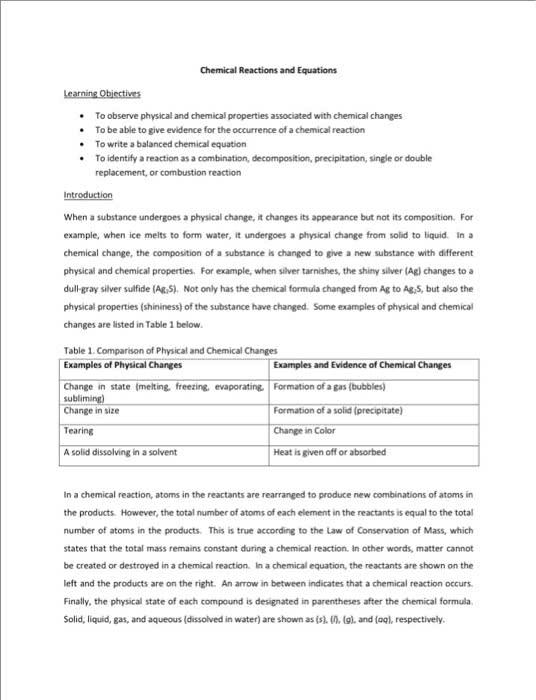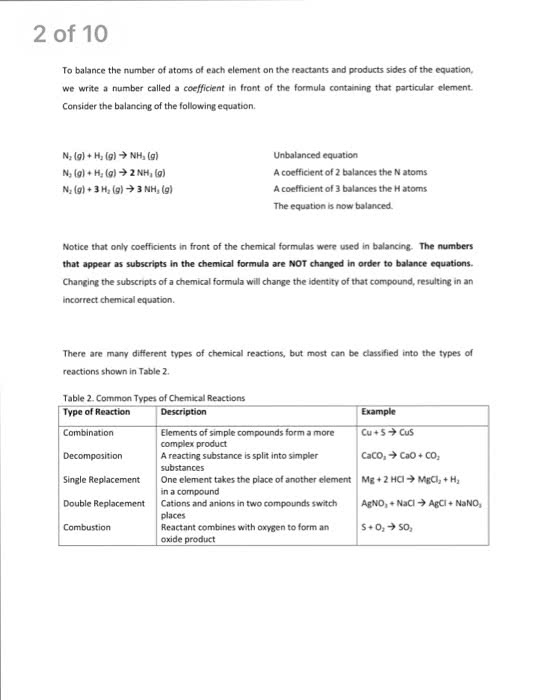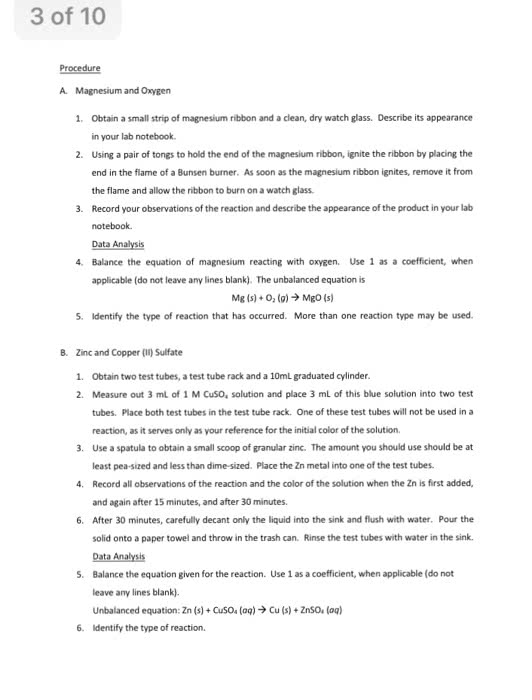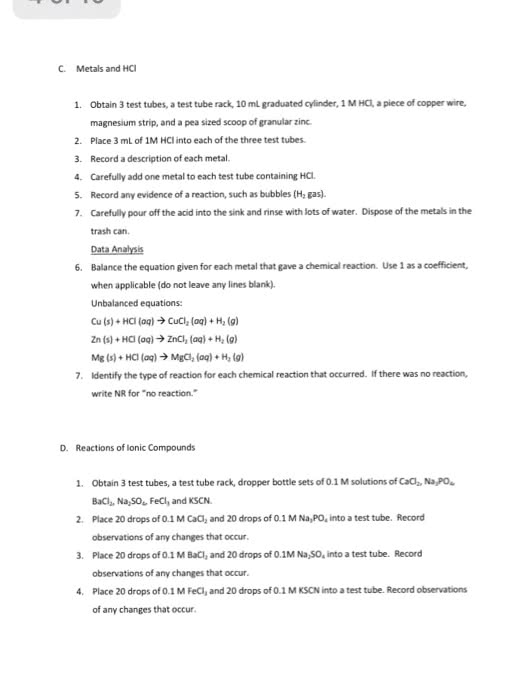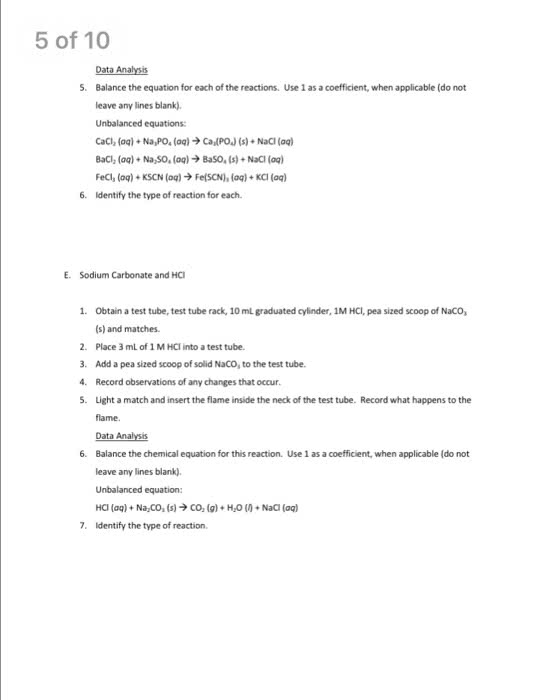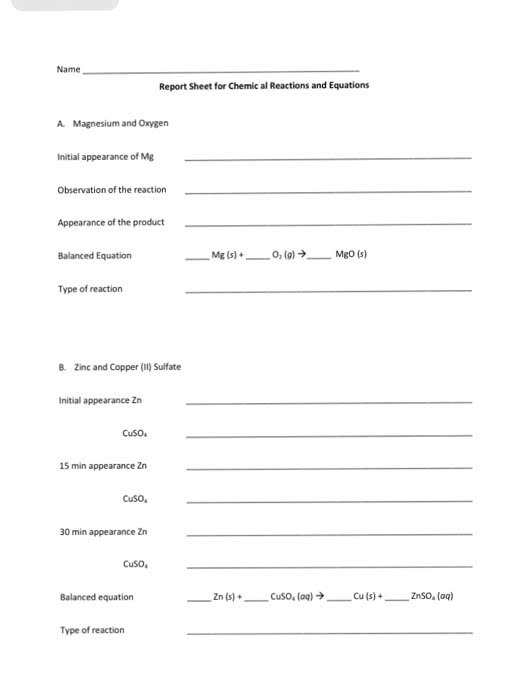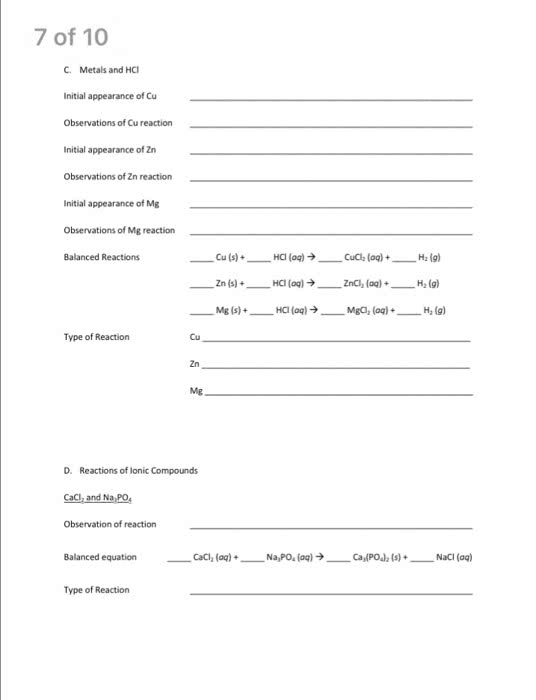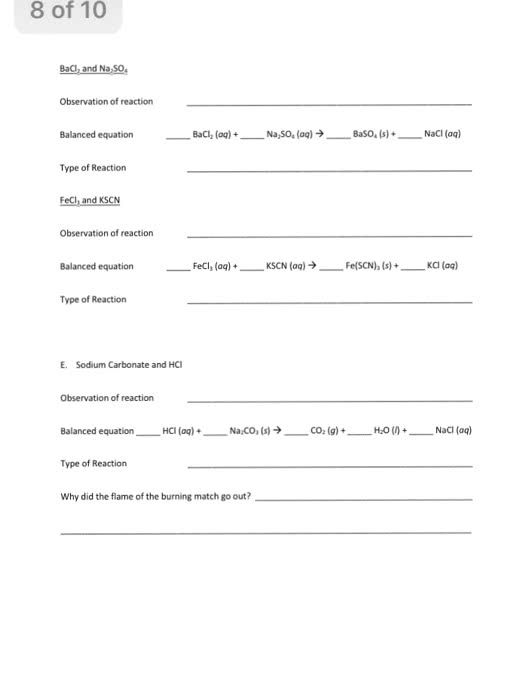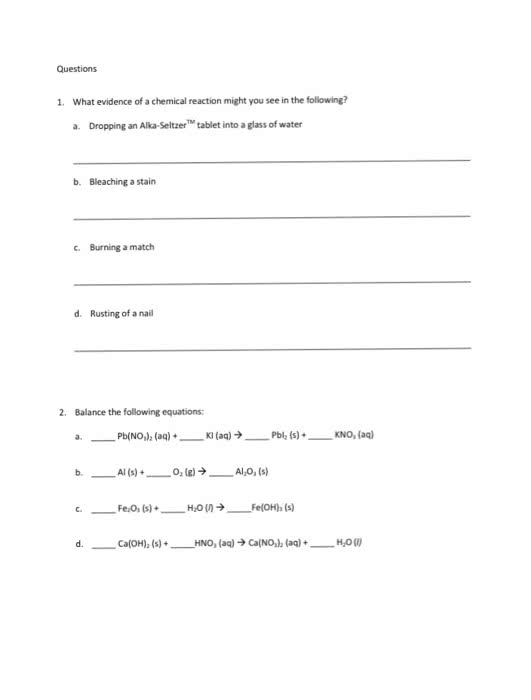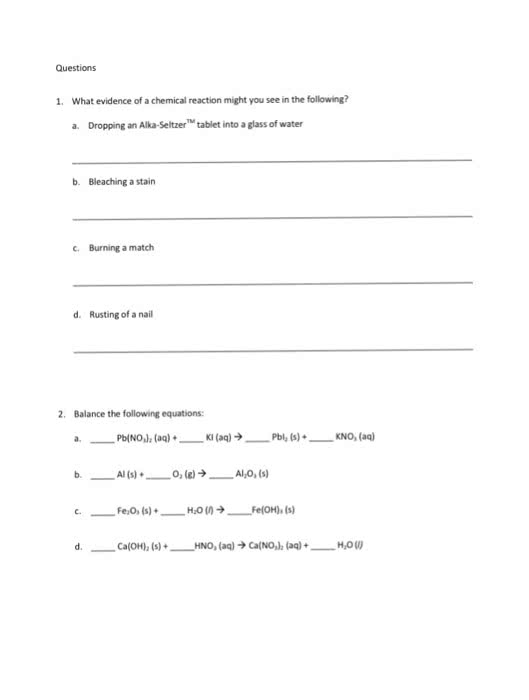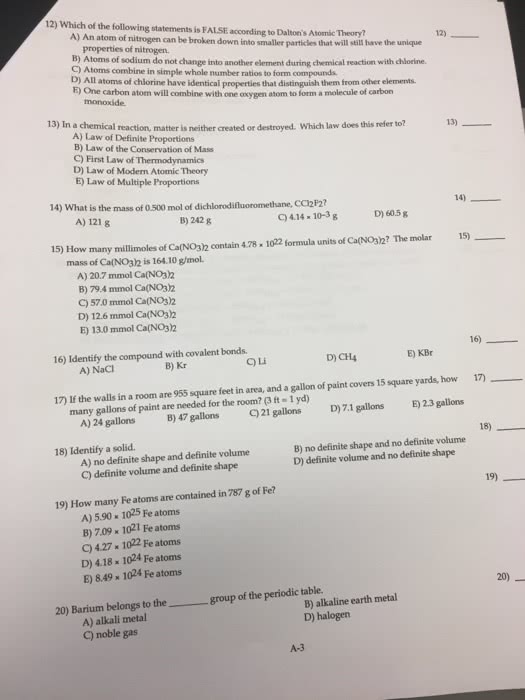CH 110 Lecture Notes - Lecture 1: Mass, Boiling Point, Distillation

Chapter 1: Introduction: Matter and Measurement
● Chemistry- study of matter and the changes that matter undergoes
● Matter- physical material of the universe
● Property- any characteristic that allows us to recognize a particular type of matter and to distinguish it
from other properties
● Matter:
○ Anything that has mass and occupies space
■ Atoms- are the building blocks of matter
■ Each element is made of a unique kind of atom
■ These atoms can combine and form molecules
○ Matter is classified
■ Physical state (solid, liquid, gas)
■ It’s composition (whether it’s an element, compound, or mixture)
■ States of matter
● Gas- no fixed volume or shape
● Liquid-distinct volume and assumes the shape of the container it occupies
● Solid- has a defined shape and volume
○ Composition of matter
■ Pure substances- matter with distinct properties that do not vary from sample to sample
(elements or compounds)
■ Mixtures- are combinations of two or more substances
● Compounds and composition
○ Elements combine to form compounds
● The law of constant composition- that the relative number of atoms of each
element that makes up the compound is the same in any sample
● Homogeneous mixture- uniform in composition
○ Ex. soap, vinegar, air
● Heterogenous mixture- non-uniform composition
○ Ex. salad, chocolate-chip cookies, pizza
● Compound- substance formed when 2 or more chemical elements are chemically
bonded together ex. Aspirin
○ Types of Properties
■ Intensive properties- one independant of the amount of sample being examined
● Ex. boiling point, color, temperature
■ Extensive properties- depend upon the amount of the substance present
● Ex. volume, mass
○ Properties of matter
■ Physical properties- can be observed without changing the identity and composition of
the substance
● Ex. color, odor, boiling point, density, changes of state (solid, liquid, etc)
■ Chemical properties- can only be observed when a substance is changed into another
substance
● Ex. flammability, reactivity to acid “penny experiment”, corrosiveness,
combustion, oxidation
○ Separation of mixtures- mixtures can be separated based on physical properties of the
components of the mixture
■ Distillation- separates homogenous solutions based on boiling points
find more resources at oneclass.com
find more resources at oneclass.com
Document Summary
Chemistry- study of matter and the changes that matter undergoes. Property- any characteristic that allows us to recognize a particular type of matter and to distinguish it from other properties. Anything that has mass and occupies space. Atoms- are the building blocks of matter. Each element is made of a unique kind of atom. These atoms can combine and form molecules. It"s composition (whether it"s an element, compound, or mixture) Liquid-distinct volume and assumes the shape of the container it occupies. Solid- has a defined shape and volume. Pure substances- matter with distinct properties that do not vary from sample to sample (elements or compounds) Mixtures- are combinations of two or more substances. The law of constant composition- that the relative number of atoms of each element that makes up the compound is the same in any sample. Compound- substance formed when 2 or more chemical elements are chemically. Intensive properties- one independant of the amount of sample being examined.


